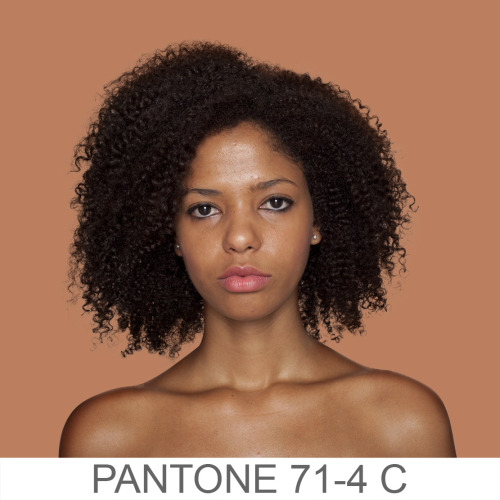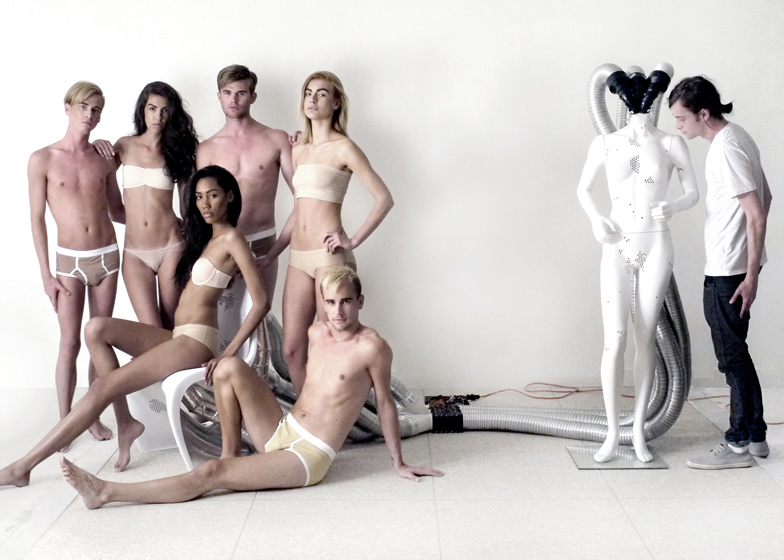Humanae is an ongoing work by Angelica Dass, who says that the aim of the piece is to involve people and deepen the understanding of issues surrounding social, cultural and racial identity, and the masks that people don.
"Humanae is a chromatic inventory, a project that reflects on the colors beyond the borders of our codes by referencing the PANTONE® color scheme.
(PANTONE® Guides are one of the main classification systems of colors, which are represented by an alphanumeric code, allowing to accurately recreate any of them in any media. It is a technical industrial standard often called Real Color)
The project development is based on a series of portraits whose background is dyed with the exact Pantone® tone extracted from a sample of 11x11 pixels of the portrayed’s face. The project’s objective is to record and catalog all possible human skin tones."














